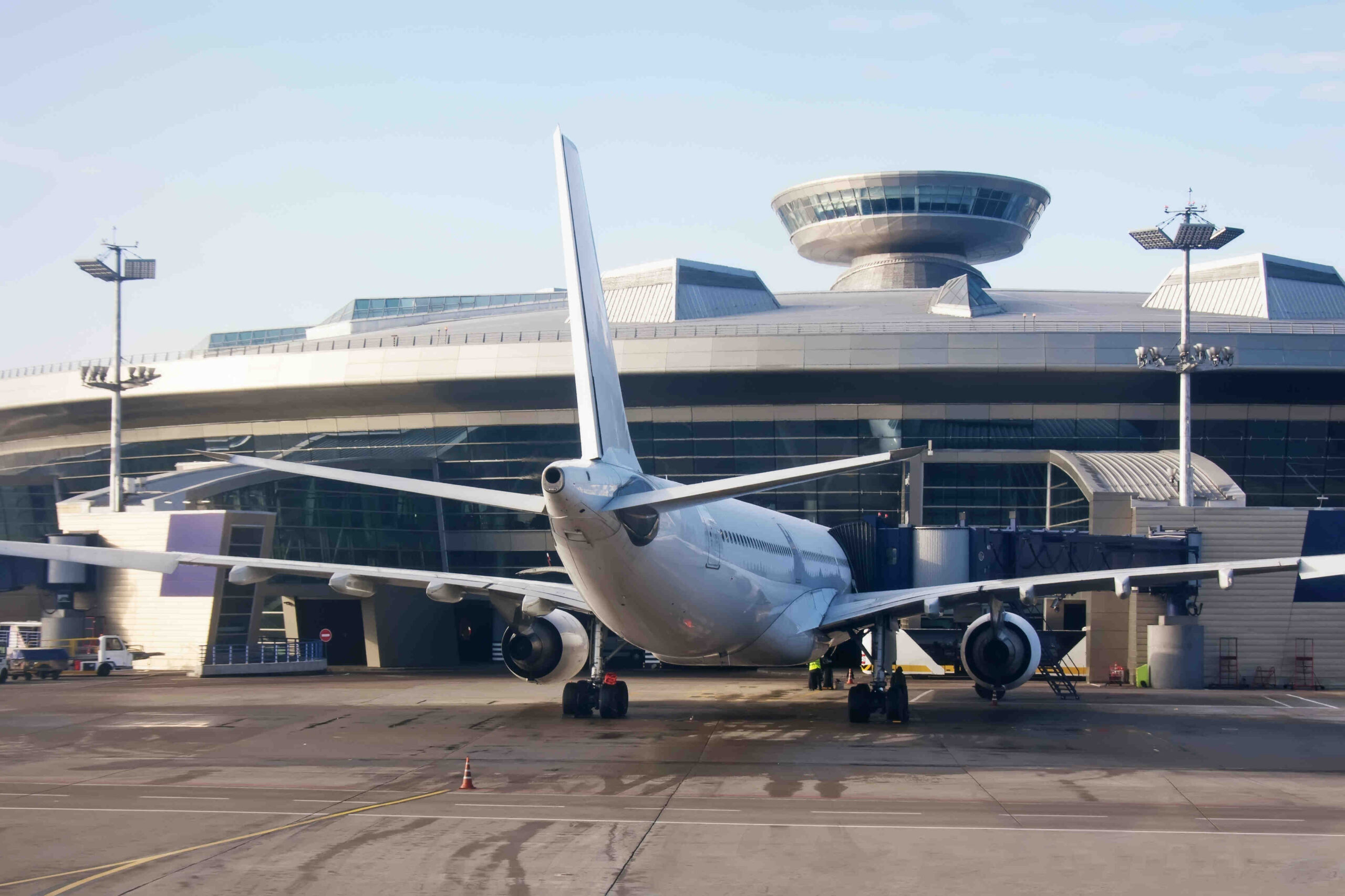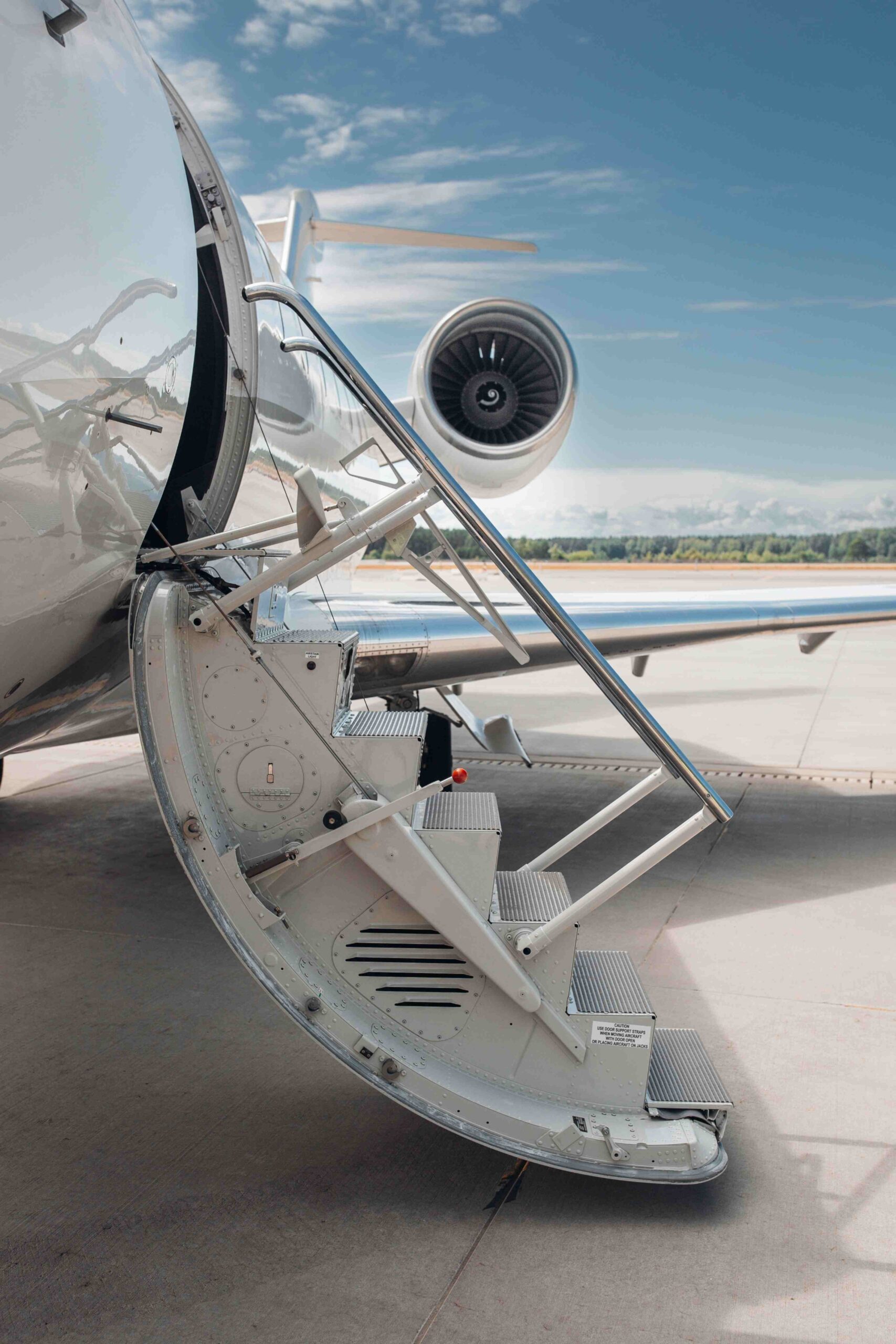According to EUROCONTROL data, communication in aviation errors are the leading cause of both level busts and runway incursions in Europe.
Aviation is one of those industries where safety is not optional but the very foundation of the entire system. The diversity of accents and pronunciation has made it necessary to introduce specialized aviation phraseology, which facilitates precise and rapid communication in situations requiring immediate decisions.
The phonetic alphabet developed by ICAO has become the basis of international communication in aviation. It is essential for future pilots and air traffic controllers to know, as getting the pronunciation right is critical to ensuring safety. This alphabet was created by the International Civil Aviation Organization (ICAO) in the 1950s to eliminate misunderstandings arising from linguistic and accent diversity. Initially introduced by ICAO, the alphabet was first adopted by NATO and then established as a standard in global civil aviation.
Thanks to its universal rules and unambiguous pronunciation, the phonetic alphabet ensures clear communication in aviation under all conditions—from routine exchanges of information to situations requiring immediate decisions. This tool has become one of the pillars of safety and efficiency in air traffic operations worldwide.
In addition to the phonetic alphabet, aviation personnel use a wide range of specialized words and phrases based on international standards and applicable documents. A key objective is to make the phrases used clear, thus eliminating the risk of misunderstanding, regardless of operational conditions and situations.
The phraseology developed by ICAO is based on two key documents: Annex 10 to the ICAO Convention – Aeronautical Telecommunications, Volume II: Communication Procedures, and the Procedures for Air Navigation Services – Air Traffic Management (PANS-ATM, Doc 4444), Chapter 12. ICAO Phraseology is designed to provide a clear, short and precise method of communication between pilots and air traffic services personnel. It is not to be expected to cover every possible scenario in aviation, but rather to provide a standard for communication in the most common situations.
In addition to being proficient in aviation terminology, ATS personnel and pilots are expected to have an appropriate level of English language proficiency. ICAO language requirements are detailed in Annex 10, Volume II and Annex 1 – Personnel Licensing. In addition, many people who use aeronautical terminology are not native English speakers. Therefore, it is crucial to speak slowly and clearly, avoiding the use of colloquialisms or slang to ensure effective and safe communication.
Phraseology has evolved over time and has been carefully designed to ensure maximum clarity and brevity in communication while maintaining the unambiguity of the phrases used.
Aviation at Lazarski University
We encourage you to explore the intriguing world of modern aviation by reading our blog and enrolling in aviation majors at Lazarski Aviation Academy at Lazarski University.
Lazarski Aviation Academy
The place where dreams take off. We offer graduate, postgraduate and MBA studies for future pilots, aviation lawyers and managers.



